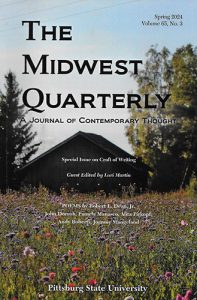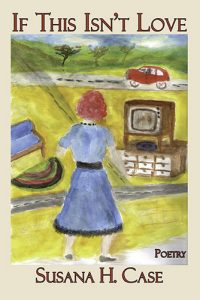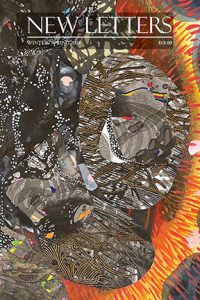Burnside Review – Spring 2012
Volume 8 Number 1
Spring 2012
9-month
Alexandra Hillen
Burnside Review is a beautiful and compact little book. Subdued and nostalgic tones greet the reader via full-sized photographs on both covers that complement each other and set the feel for the contents: introspective and aesthetically conscious poetry that begs the active attention of the reader. Burnside begins sans editor’s note or introduction, opting instead (and starting with the cover) to let the selections speak for themselves. As each page is turned, the magazine reveals a strengthening theme of contemplation of the human condition, with a sprinkle of Americana and a return to the nostalgia of the cover.
Burnside Review is a beautiful and compact little book. Subdued and nostalgic tones greet the reader via full-sized photographs on both covers that complement each other and set the feel for the contents: introspective and aesthetically conscious poetry that begs the active attention of the reader. Burnside begins sans editor’s note or introduction, opting instead (and starting with the cover) to let the selections speak for themselves. As each page is turned, the magazine reveals a strengthening theme of contemplation of the human condition, with a sprinkle of Americana and a return to the nostalgia of the cover.
Burnside includes translated poetry with several pieces by Edith Sodergrän, translated from Swedish by Brooklyn Copeland. Translated work often has a striking camber once laid in English, as do these pieces. An excerpt from The Day Cools is one such piece. It’s a short poem, organized into three complimentary couplets with a final third line at the end that splays contrast and interest: “You sough a woman / and found her spirit— / you are disappointed.”
The poem is straight forward, a refreshing contrast to many of the more cryptic poems in the issue. The simple camber of the lines, and then the splitting of the pattern by the last sentence, really solidifies the poem as a strong piece. It is starkly human, as are all of the pieces in Burnside.
Toward the middle of the issue is a refreshing touch back to the here and now. Assistant Poetry Editor John Pursley III includes an interview with collaborative poets G.C. Waldrep and John Gallaher about their recently published book of poems, Your Father on the Train of Ghosts. The interview provides an excellent intermission from the poetry pieces with a good bit of entertaining conversation. It reads like a comfortable bit of dialogue and reveals a working relationship between the two poets that operates like a friendship. Pursley leads the interview around the process of writing the book and then focuses on topics in modern literature. The piece is an interesting read for novices and for the more experienced reader, and it was a good call on the part of the editors of Burnside to include it. The interview is followed, tastefully, by several poems by the author pair.
This issue of Burnside has a tendency to include poems that are murkily cryptic, poems that intentionally flash to the reader images rather than making sense lyrically. “Attention Disorder” by Evan Hansen does so as a convention of one incapable of focusing on a single image. The poem begins as “A mall parking lot bespeaks / a kind of collective shame,” carrying the reader through images of parents and marigolds before returning to the lot where “migratory birds” will “never again make / this home for their black, quick eyes.” The poem uses flashed images, stemming from one central place, as a kind-of visual journey for the reader that is circular and complete.
The editors of the magazine make it work by punctuating these types of poems with some that are crisp and whole. “I Dream I am the Girl Toward Whom Columbus Rushes” by Mary Szybist also utilizes brilliant imagery, but does so in a cohesive and straight-forward way. It is the chronicle of an imagined experience, of the awaiting of a girl to be discovered. The sentiments of the speaker are solidified in a few choice lines, expressed instead mostly through the “roses spilling red // and yellow petals” and other natural images ripe for the fresh eyes of a traveler.
The contrast between the two types of poems in Burnside swings the reader on a kind of pendulum, as though looking from a fuzzy polaroid with warm colors to a clear black-and-white photograph. The nuances of each are emphasized in the contrast, and it creates a wonderfully coherent magazine that begs to be read.
[www.burnsidereview.org]




